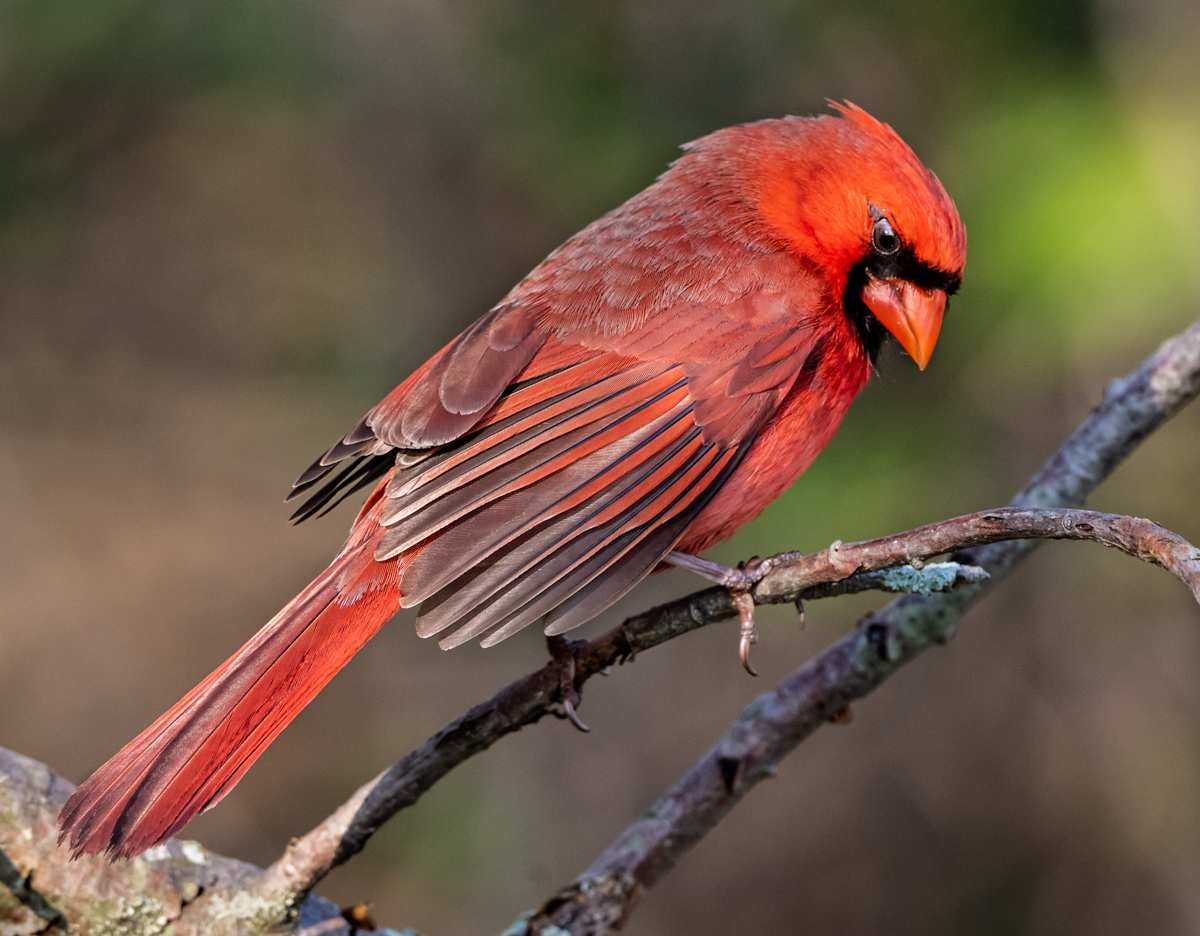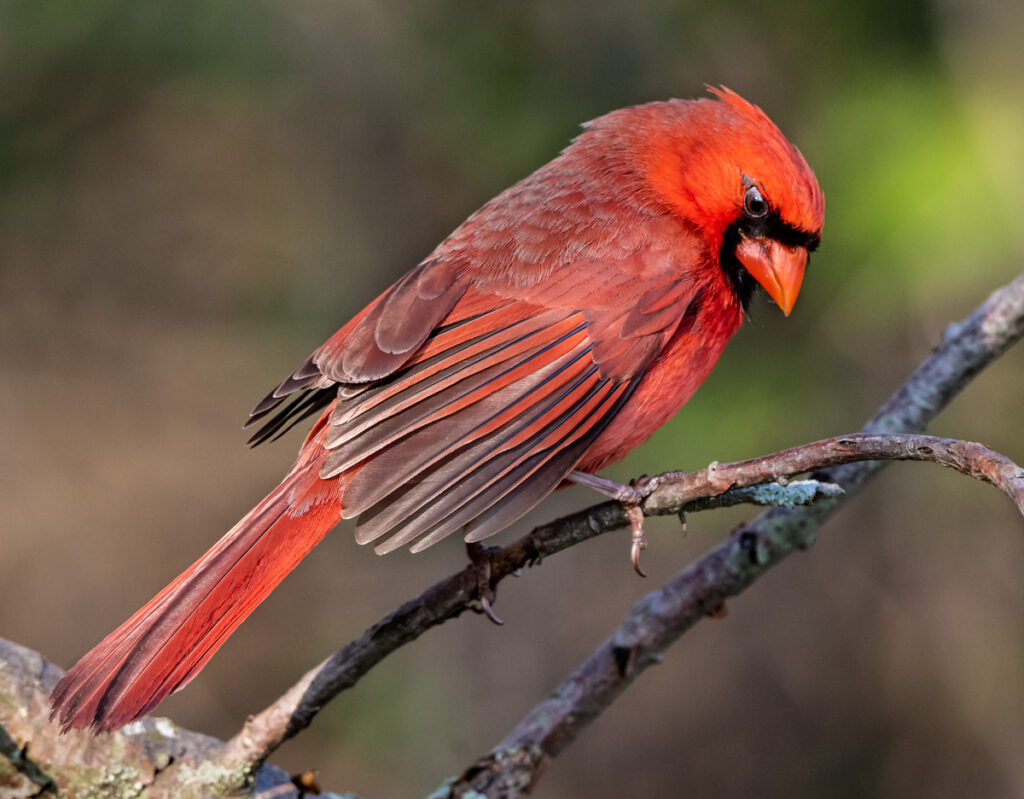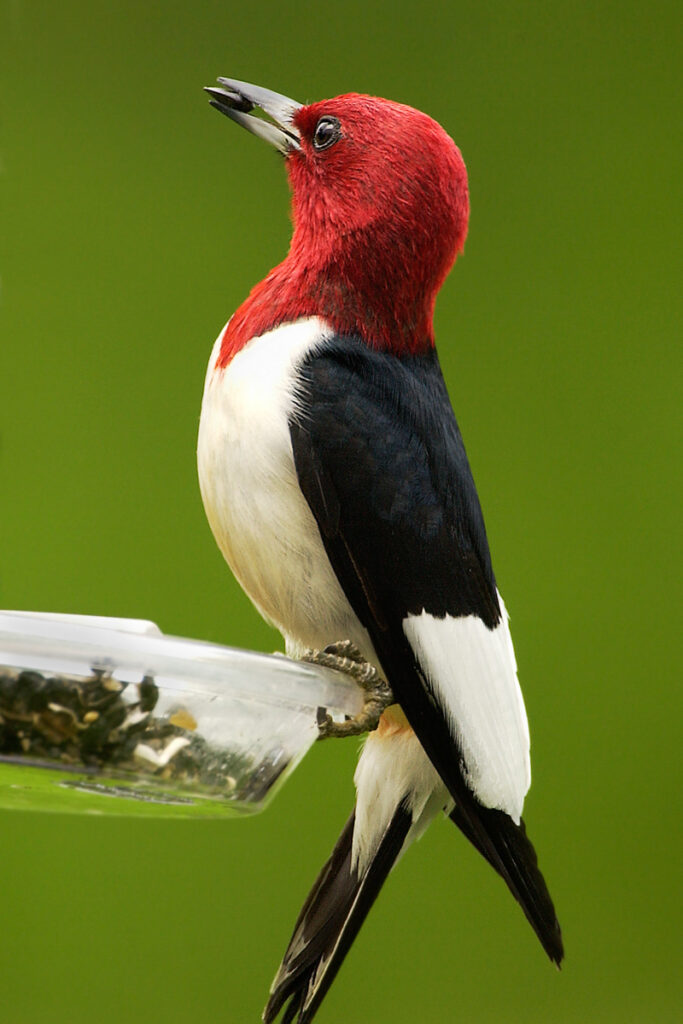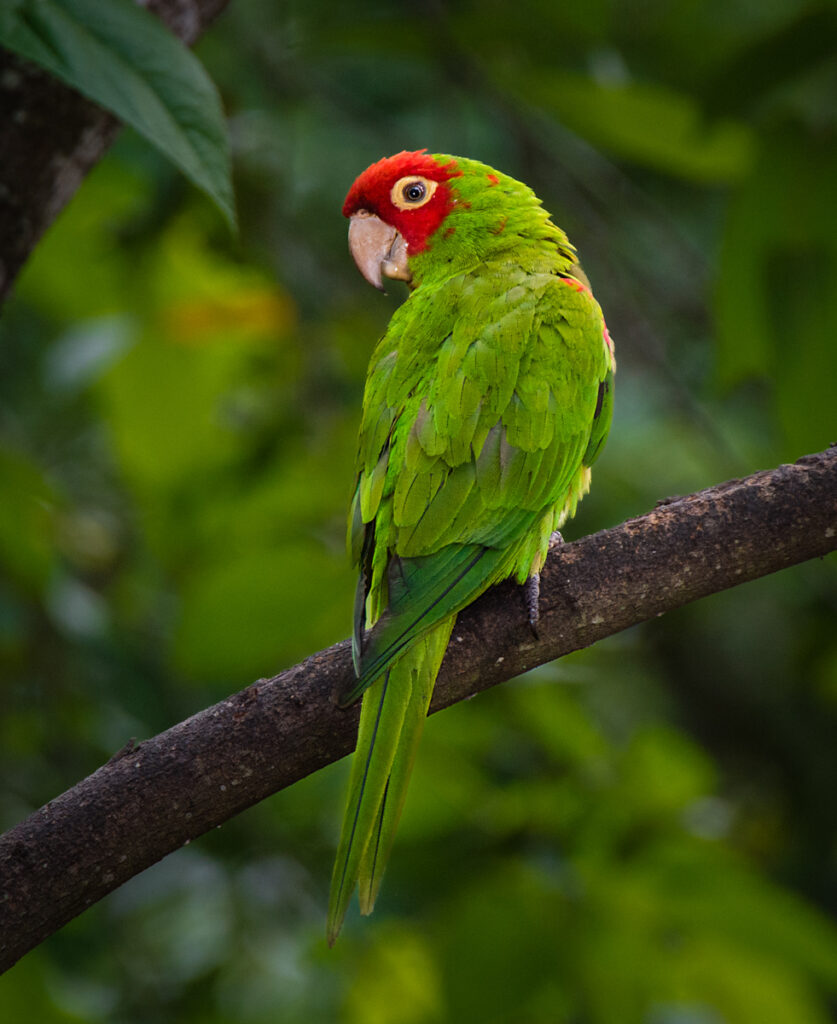
Red is a stunning color throughout nature, from stunning spring blooms and brilliant autumn foliage to awe-inspiring volcanic eruptions and fiery molten sunsets. Nowhere is red more amazing, however, than as part of birds’ colorful plumage, and red birds can be found in nearly every bird family.
Every shade of red can be found in the avian world, from the classic cherry red of the northern cardinal to the glittery jewel-tone of the ruby-throated hummingbird. On the ends of the color spectrum are bright birds like the nearly-neon vermilion flycatcher, or the darkly dramatic brick-red of the red-throated loon.
Capturing the different red hues of different birds, or even different shades on the same bird, can be tricky. Without proper attention this color can either become overly dominant in a photo, or else may be washed out and not true to its actual shade.
Good light is essential for accurately photographing red birds. Very bright, direct light may make the color pop too much, oversaturating the shade and overwhelming the details of the bird’s feathers. Too much light can also distort the hue and make it appear more orange or yellow than it truly is.
Too-little light, on the other hand, will dull even the boldest red shades, making them murky and plain, emphasizing gray tones that aren’t true to the bird’s real colors. This can also leave details of the bird’s feather structure unclear, creating a lackluster photo that doesn’t capture the bird’s real appearance.
Regardless of where the bird may be red – whether it is a patch of color on the crown, a bright red shoulder epaulette, a reddish tail, colorful red legs, or allover red coloration – focus on the bird’s eye to bring its expression to exacting clarity. Shooting in RAW format will also preserve depth of color and allow for more flexibility in post-processing, so photographers can tweak the overall red the bird showcases to better match what the eye actually saw.
Red is such a bold color, it can be easy to overdo the coloration. Practicing with a variety of red birds can help photographers develop a finer eye to highlight different hues, showcasing all the beauty of the color without causing reds to blend together and lose their definition. Fortunately, the color is so common in so many birds – red-headed woodpeckers, red-masked parakeets, red-billed streamertails – bird photographers always have beautiful red birds to capture no matter where in the world they are seeing and photographing birds.





